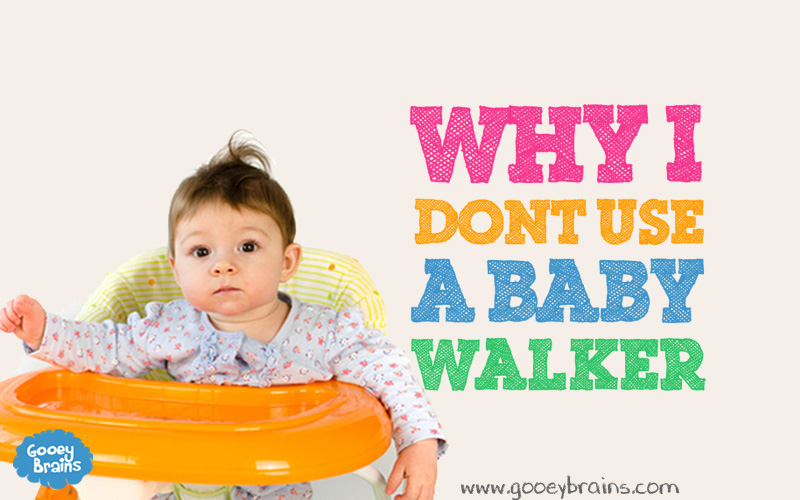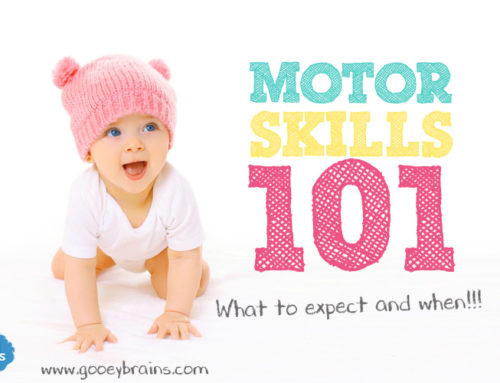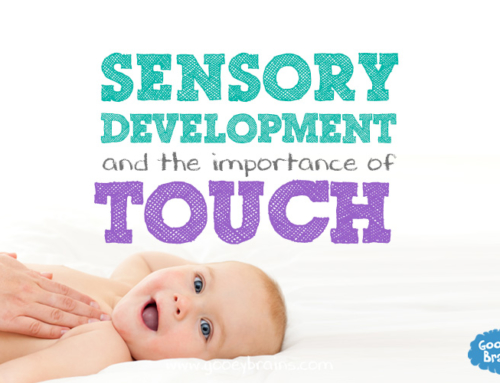Like all parents, I eagerly await my child’s first steps. It is such a special time for the whole family, as it marks the change from infancy to toddlerhood! In fact, the word toddler was created to describe that time when an infant takes their first stumbling steps.
Many parents look into purchasing for their child a ‘baby walker’. These products have been traditionally marketed to parents as products that help a baby to learn to walk. They typically consist of a suspended seat nestled into a frame that positions the baby upright, and often have a tray or toy table.
Like this….
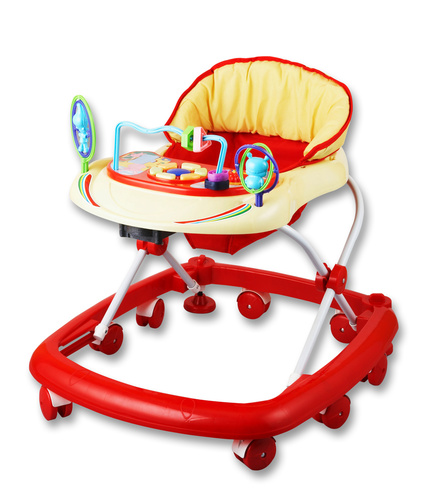
In the year 1906, the Glascocks Baby Walker was advertised as a product that had been endorsed by a doctor to help a baby’s physical development. Even though researchers now report that this advertising was incorrect, as late as 2013 Sears was selling baby walkers using the tagline ‘give your kids a leg up with baby walkers. These handy contraptions on wheels encourage your baby to take their first steps while a comfy seat provides balance’.
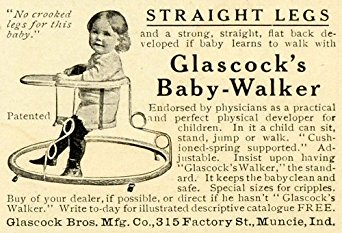
It’s no wonder that parents are confused! The walkers have been marketed to sound as though they are a wonderful and useful developmental product, when the science simply doesn’t match. Traditionally, the marketing of baby walkers has been misleading.
Here is why I choose not to use a baby walker in my home.
-
They don’t work to help an infant learn how to walk, and they may actually delay walking in infants.
Research has shown that baby walkers are not associated with learning to walk sooner (Burrows & Griffiths, 2002). In fact, in half of the studies that these academics looked at, not only did the walkers not help the infants to learn to walk, but the children using walkers actually learned to walk significantly slower than the other children. ABC Science reports that ‘current research has found that each aggregated 24 hours of baby walker use was associated with a delay of 3.3 days in walking alone and a delay of 3.7 days in standing alone’.
-
They make movement too easy for babies.
When a baby can wheel around or shuffle around easily in a walker they lose the motivation to learn how to walk or crawl. Why would they want to learn a hard new skill like walking or crawling when they can easily get around in another way! The American Academy of Paediatrics have some very strong recommendations around walkers, and they state that walkers “actually eliminate the desire to walk” in young children. For a baby to achieve motor (movement) development they need the opportunity and desire to practice their skills. Time and repetition is the key! So, if the baby is not trying to get up and walk on their own, then they will not be gaining the valuable practice needed to perfect their motor skills.
-
They block a babies view of their feet.
The design of many walkers means that the baby cannot easily see their legs and feet. This stops the visual feedback to the baby that helps them to understand how their feet work to help them move and balance. Without this knowledge and experience, the baby will struggle to take their first steps. Some researchers believe that the deprivation of the visual sensory information can delay infant motor development and some studies have shown delays in sitting, crawling, and walking. Of course, the delays were dependent on the amount of time the infant spent in the walker. The more hours the baby spends in the walker, the more delayed their motor development is.
-
They are unsafe.
The National Injury Surveillance Unit reported that baby walkers caused the highest level of injury to children aged between 6 and 12 months between 1986 and 1993. The Queensland Injury Surveillance Unit reported that walkers are dangerous and of no benefit to the baby, and recommended their sale and use should be discouraged. The NSW Department of Fair Trading recommends that parents do not buy their child a walker. In fact, some countries have completely banned their sale. Doctors and emergency room workers warn that walkers have been responsible for babies falling, falling down stairs, pulling heavy furniture down on top of themself, and reaching for dangerous items. The American Academy of Paediatrics “strongly urge parents not to use baby walkers”, and this is due to the large number of injuries caused historically by these contraptions.
-
They make a poor babysitter.
Given that a baby walker does not assist in child motor development, it is merely a form of babysitting/entertainment for you and the baby. While they may entertain your child, they are a careless and inattentive babysitter. There is a risk that you will take eyes off baby while they are occupied in their walker, increasing the risk of harm to the baby.
Reference
J Dev Behav Pediatr. 1999 Oct;20(5):355-61.
Effects of baby walkers on motor and mental development in human infants.




